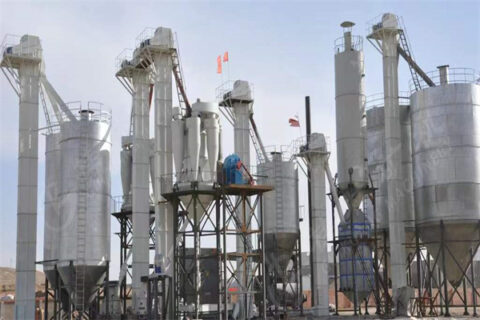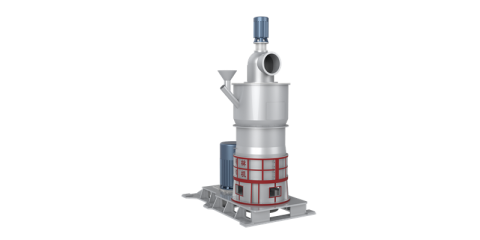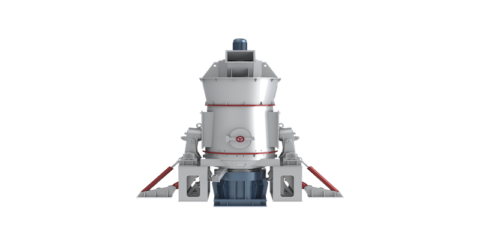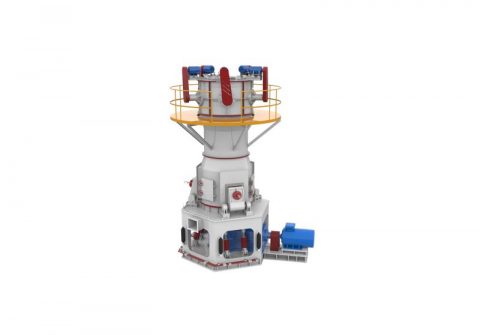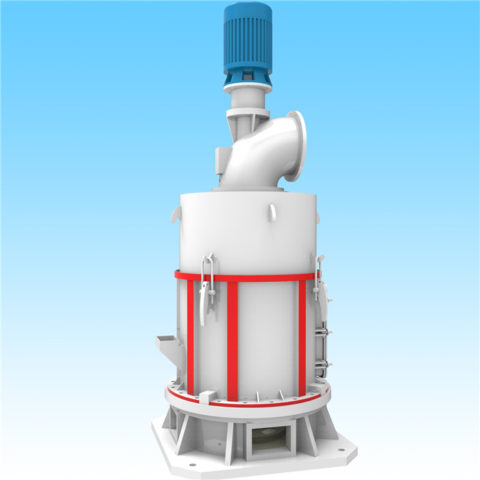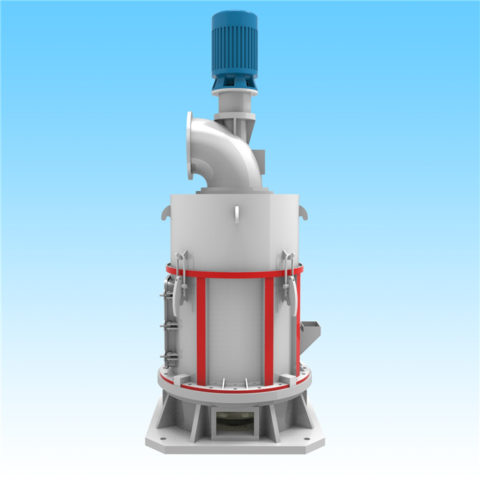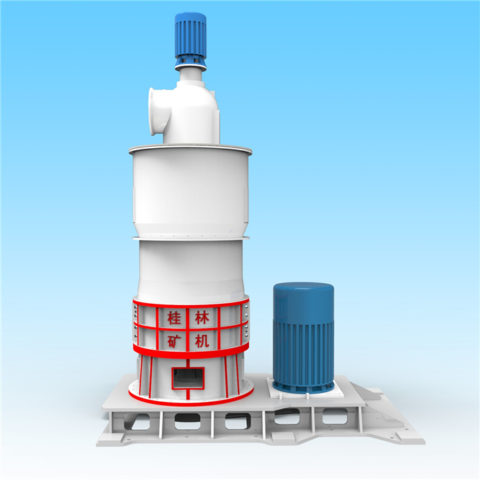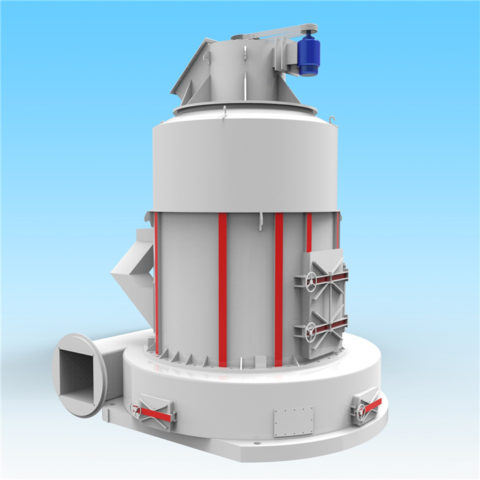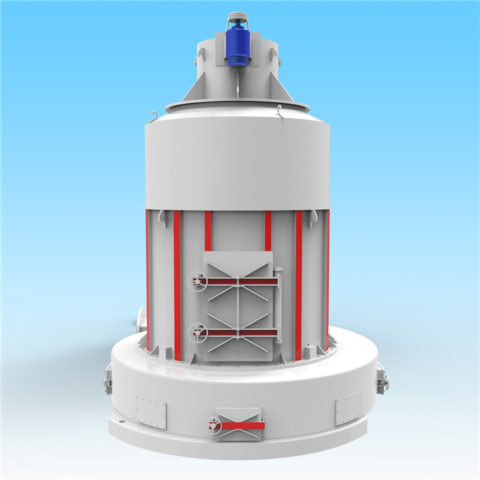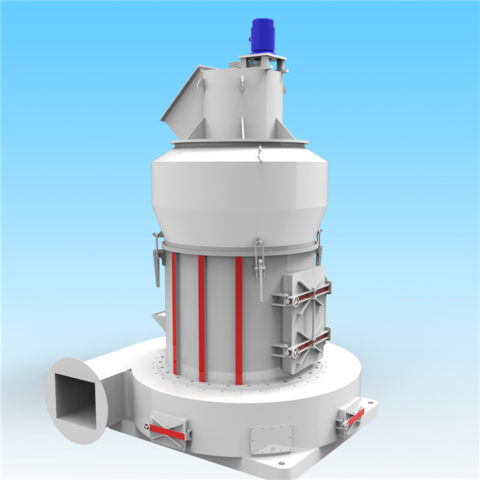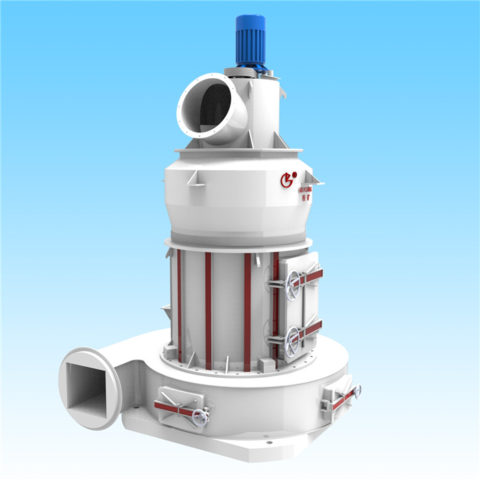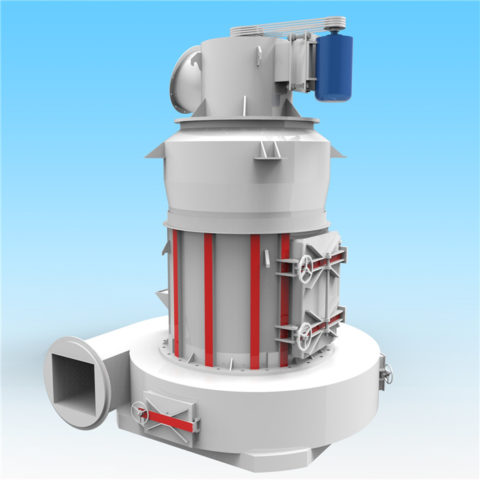What are the basic indicators of coal quality provided by energy. There are moisture, ash content, volatile matter, fixed carbon content, calorific value, maximum thickness of colloid layer, adhesion index, coal ash melting temperature, Hastelloy grindability index, Gibbs fluidity, boiler expansion number, coke slag characteristics and other indicators.
1. Moisture (M)
The moisture of coal is divided into two types, one is internal moisture (Minh), which is the moisture contained when plants are turned into coal; the other is external moisture (Mf), which is attached to the surface and cracks of coal during mining and transportation. moisture in. Total moisture is the sum of the external moisture and internal moisture of the coal. Generally speaking, the greater the degree of coal metamorphism, the lower the intrinsic moisture. The inherent moisture of lignite and long flame coal is generally higher, and the inherent moisture of lean coal and anthracite is lower. The existence of moisture is extremely unfavorable to the utilization of coal. It not only wastes a lot of transportation resources, but also when coal is used as fuel, the moisture in the coal will become steam, which consumes heat during evaporation; Impact. In general , for every 2 % increase in moisture , the calorific value decreases by 100 kcal / kg ( kcal / kg ) ; for every 1 % increase in moisture in smelting clean coal , the coking time is prolonged by 5 to 10 minutes.
2. Ash (A)
The residue left after the coal is completely burned is called ash, which is divided into external ash and internal ash. Extrinsic ash comes from the rock fragments in the roof and sandwich grinding, and it has a lot to do with the rationality of the coal mining method. Most of the external ash can be removed by sorting. Intrinsic ash is the inorganic matter contained in the original plants that form coal. The higher the intrinsic ash, the worse the coal’s selectivity. Ash is a harmful substance. The ash content in thermal coal increases, the calorific value decreases, the amount of slag discharge increases, and the coal is prone to slagging; generally, for every 2% increase in ash content, the calorific value decreases by about 10okcal/kg. The ash content in smelting clean coal increases, the utilization coefficient of blast furnace decreases, the coke strength decreases, and the amount of limestone increases; for every 1% increase in ash content, the strength of coke decreases by 2%, the production capacity of blast furnace decreases by 3%, and the amount of limestone increases by 4%.
3. Volatile matter (V)
When coal is heated at high temperature and in the absence of air, the products in gaseous and liquid state are called volatiles. The main components of volatile matter are methane, hydrogen and other hydrocarbons. It is one of the important indicators to identify the type and quality of coal. Generally speaking, with the increase of coal metamorphism, coal volatile matter decreases. Lignite and gas coal have higher volatile content, while lean coal and anthracite have lower volatile content.
4. Fixed carbon content (FC)
Fixed carbon content refers to the residues from which moisture, ash and volatile matter are removed, and it is an important indicator for determining the use of coal. The difference after subtracting the moisture, ash, and volatile matter of the coal from 100 is the fixed carbon content of the coal. Depending on the benchmark used to calculate the volatile matter, the fixed carbon content can be calculated for different benchmarks such as dry basis, dry ashless basis, etc.
5. Calorific value (Q)
Calorific value refers to the heat generated by the complete combustion of coal per unit mass, which is mainly divided into high-level calorific value and low-level calorific value. The high calorific value of coal minus the vaporization heat of water is the low calorific value. The international unit of calorific value is million joules/kg (MJ/kg), and the commonly used unit is kilograms. For example, the calorific value is 550kcal/g, 5500kcal/kg=550÷239.14 = 23MJ/kg. For the convenience of comparison, when we measure coal consumption, we should convert the actual coal with different calorific value into standard coal. The heat is 29.27MJ/kg (700okcal/kg). The calorific value commonly used in domestic trade is the low calorific value (Qnet, ar) received, which reflects the application effect of coal, but external factors such as moisture have a great influence, so Qnetar cannot reflect the real quality of coal. The general calorific value standard for international trade is the high calorific value of air drying base (Qnet, ar), which can accurately reflect the real quality of coal and is not affected by external factors such as moisture. Under the same moisture and ash content, the high-level calorific value of the air-dried base is about 1.25MJ/g (300kcal/kg) higher than the low-level calorific value of the received base.
6. Maximum thickness of colloid layer (Y)
After the bituminous coal is heated to a certain temperature, the maximum thickness of the colloidal layer formed is the maximum value of the difference between the colloidal body and the F layer measured by the probe in the determination of the bituminous coal colloidal layer index. It is one of the important criteria for coal classification. Thermal coal has a thick colloidal layer and is easy to coke; smelting clean coal has clear requirements for the thickness of the colloidal layer.
7. bonding index (G)
The ability to bond special anthracite coal with bituminous coal after heating under specified conditions is one of the important standards for coal classification and an important indicator for smelting clean coal. The higher the dryness index, the stronger the coking property.
8. coal ash melting temperature (ash melting point)
The fusible deformation temperature (DT), softening temperature (ST), and flow temperature (FT) of coal ash that change with the heating temperature obtained under the specified conditions are usually expressed by the softening temperature (ST). The higher the ash melting temperature is, the less coal ash is slagging. Due to different boiler designs, the requirements for ash melting temperature are also different. The melting temperature of coal ash is directly related to the performance of coal as fuel and gasification raw material. The melting temperature of coal ash is low, and coal ash is easy to slag, which increases the difficulty of slagging, especially for boilers and mobile slag discharge in solid state. Bed gasifier, coal ash melting temperature requirements are higher.
9. Hastelloy Grindability Index (HGI)
Hastelloy grindability index is an important index reflecting the grindability of coal. The grindability of coal refers to the difficulty of grinding a certain amount of coal into powder with the same energy consumption. The grindability index is large, and the coal is easily ground into powder. In power generation pulverized coal boilers and blast furnaces for injection coal, the grindability index is an important indicator for quality evaluation.
10. Gigabit fluidity (ddpm)
The fluidity of coal is used to characterize the viscosity of the colloid formed when coal is retorted, and it is one of the plasticity indicators of coal. Mobility is an effective method to study the rheology and thermal decomposition mechanics of coal, and can also characterize the plasticity of coal, which can guide coal blending and coke strength prediction. Gibson fluidity is an index of fluidity expressed by the maximum rotational speed at which a fixed torque rotates in a colloid formed by heating coal, and is expressed by an angle of rotation per minute.
11. Increased boiler expansion number (CSN)
The slump expansion ordinal number is the index of the expansion and plasticity of the coal, which is characterized by the sequence number of the coke block expansion program obtained by heating the coal in the accretion process under the specified conditions. The magnitude of the expansion number depends on the meltability of coal ash, the gas evolution during the formation of the colloid, and the gas impermeability of the colloid.
12. Characteristics of coke residue (CRC)
The shape of the material remaining after thermal decomposition of coal. It is divided into 8 serial numbers according to different shapes, and the serial number is the characteristic code of coke slag.
a. Powder. All are powder, no particles sticking to each other.
b. Sticking. It is powder or basically powder at the touch of a finger, where the larger clumps become powder at the touch of a finger.
c. Weak viscosity. Press lightly with your fingers to form a block.
d. No fusion bonding. It cracked into small pieces after pressing hard with fingers. The upper surface of the coke slag was dull and the lower surface was slightly silvery white.
e. Does not expand, melt and dry up. The coke slag forms a flat block, and the boundaries of the coal particles are not easy to distinguish. The upper surface of the coke slag has obvious silver-white metallic luster, and the lower surface has a more obvious silver-white luster.
f. Micro-expansion fusion bonding. The upper and lower surfaces of the coke slag have silver-white metallic luster, but the surface of the coke slag has small expansion bubbles.
g. Expansion fusion bonding. The upper and lower surfaces of the coke slag have silver-white metallic luster, and the swelling is obvious, but the height does not exceed 15mm.
h. Strong expansion fusion bonding. The upper and lower surfaces of the coke slag have silver-white metallic luster, and the height of the coke slag is greater than 15mm

